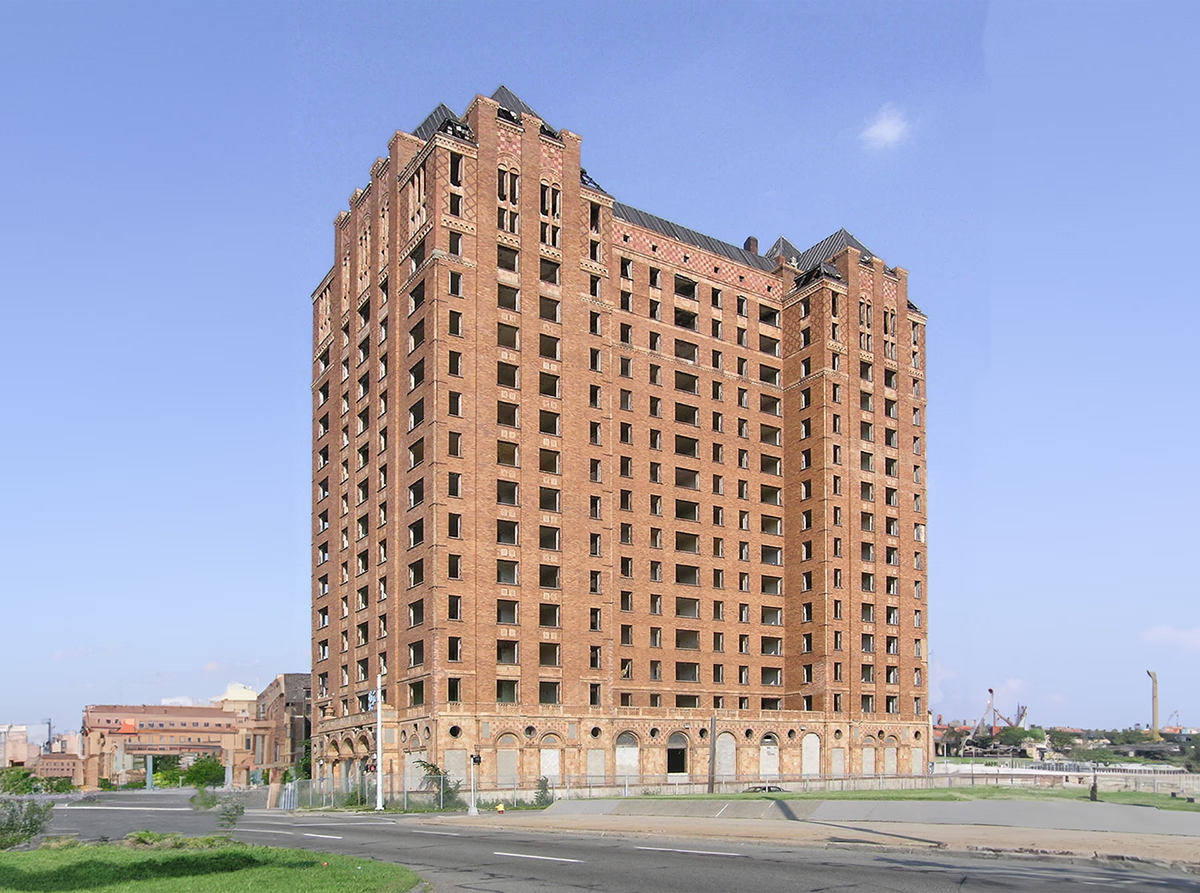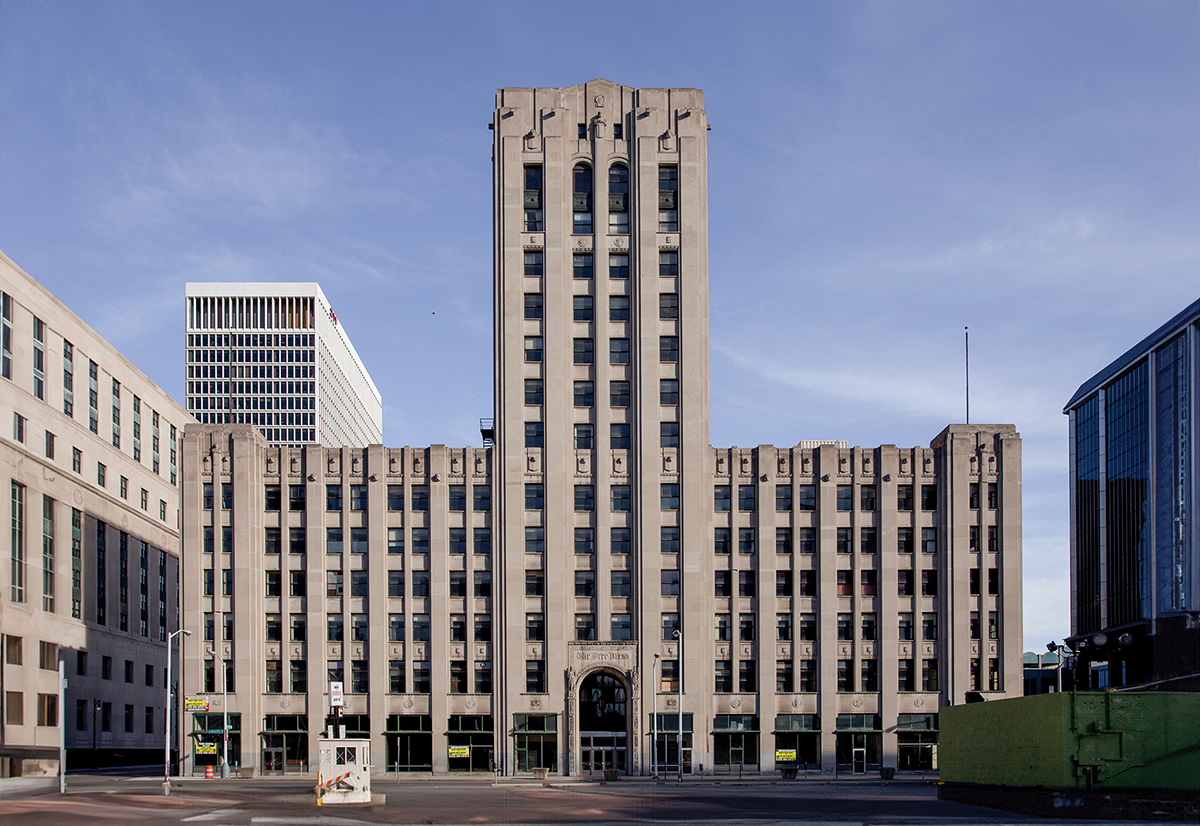Lee Plaza Building vs Detroit Free Press Building


Comparing the Lee Plaza Building and the Detroit Free Press Building is interesting because they both stand in Detroit, MI, and were completed within 4 years of each other, but they were designed by different architects.
This offers a unique glimpse at how rival designers approached projects in the same city during the same era.
Height & Size
These two towers present an interesting contrast in their proportions. The Detroit Free Press Building rises higher at 190ft (58m), while the Lee Plaza Building reaches 180ft (55m). However, the Lee Plaza Building accommodates more floors with 15 levels above ground, compared to 14 floors in the Detroit Free Press Building.
This suggests different approaches to interior space design. The Detroit Free Press Building has an average floor-to-floor height of approximately 4.1m, while the Lee Plaza Building has more compact floors averaging around 3.7m each.
These different proportions likely reflect the specific needs each building was designed to serve, whether driven by zoning regulations, client requirements, or the intended use of the spaces within. The contrast shows how architects can achieve different spatial experiences even when working with similar overall building scales.
Architectural Style
Both the Lee Plaza Building and the Detroit Free Press Building were designed in line with the aesthetic conventions of the Art Deco style.
At the time, this style was at the height of its popularity. So both Charles Noble and Albert Kahn Associates followed what was in many ways expected of them, producing designs that fit comfortably within contemporary architectural norms, rather than breaking with convention.
Uses
Both the Lee Plaza Building and the Detroit Free Press Building are primarily residential towers, serving similar roles in the urban fabric.
However, both of them have shifted purpose since their completion. The Lee Plaza Building evolved from hotel to residential, while the Detroit Free Press Building moved from commercial to residential.
In terms of capacity, the Lee Plaza Building offers 117 apartments, while the Detroit Free Press Building provides 105 units.
The Detroit Free Press Building also provides 105 parking spaces.
Structure & Facade
Both the Lee Plaza Building and the Detroit Free Press Building rely on a Frame structural system.
A frame structure uses a grid of columns and beams to carry the building's loads. This frees the walls from structural duties, allowing for flexible floor plans and larger windows.
They also employ the same type of facade, a Masonry facade.
A masonry facade gives the building a heavier, more traditional appearance. It often conceals a frame structure behind it, creating the look of solid walls without carrying the main loads.
| Lee Plaza Building | Detroit Free Press Building | |
|---|---|---|
| Charles Noble | Architect | Albert Kahn Associates |
| 1927 | Construction Started | 1924 |
| 1929 | Year Completed | 1925 |
| Art Deco | Architectural Style | Art Deco |
| Hotel | Original Use | Commercial |
| Residential | Current Use | Residential |
| 15 | Floors Above Ground | 14 |
| 1 | Floors Below Ground | 2 |
| 55 m | Height (m) | 58 m |
| 117 | Residential Units | 105 |
| Frame | Structure Type | Frame |
| Steel | Vertical Structure Material | Steel |
| Concrete | Horizontal Structure Material | Concrete |
| No | Facade Structural? | No |
| Brick | Main Facade Material | Limestone |
| Corrado Parducci | Collaborating Artist | Ulysses A. Ricci |
| MI | State | MI |
| Detroit | City | Detroit |
| 2234 2242 West Grand Boulevard | Address | 321 W. Lafayette Boulevard |